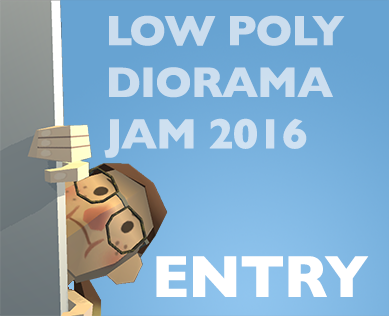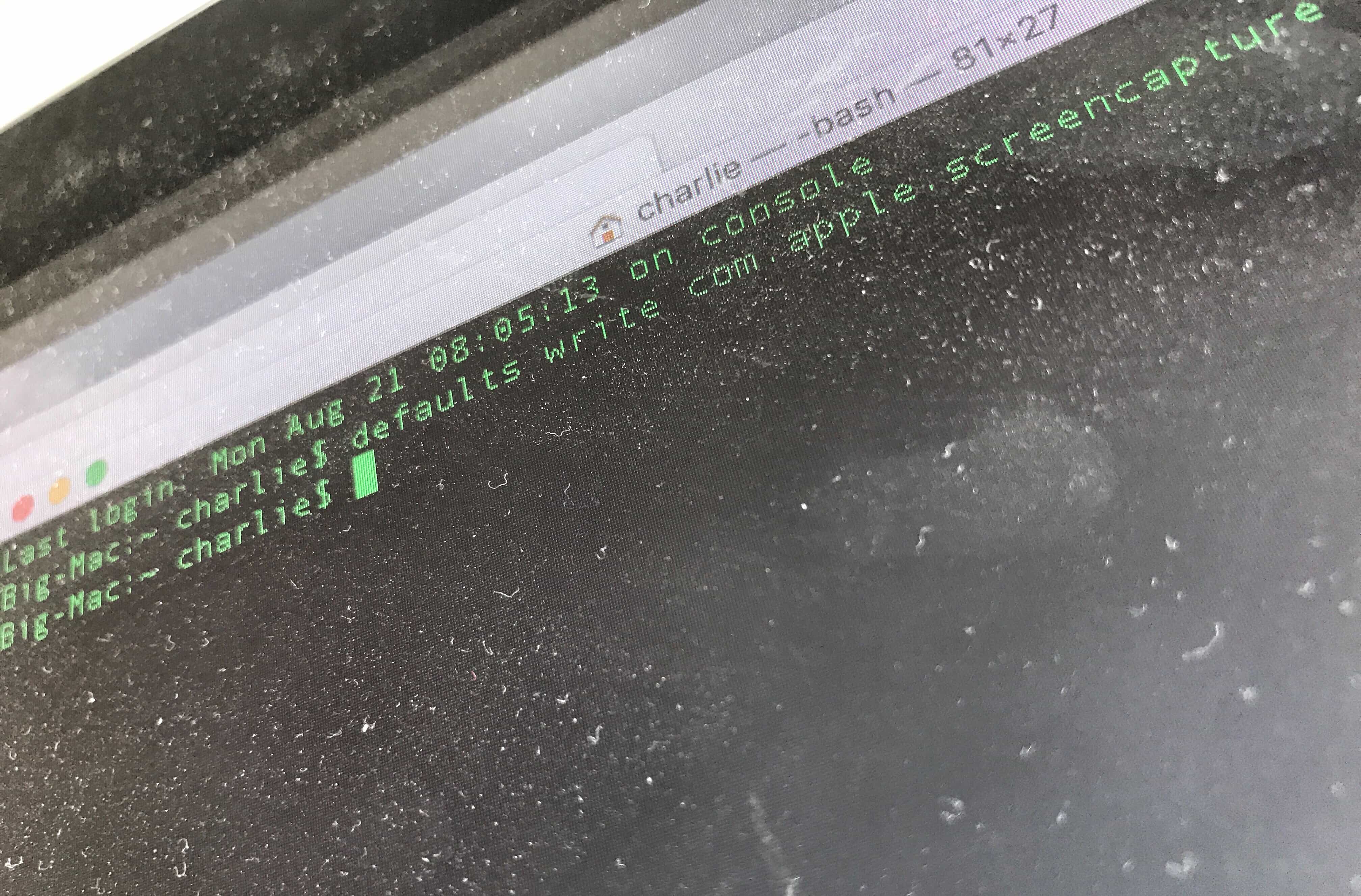LowPolyDioramaJam2016 - Entry Mac OS
LowPolyDioramaJam2016 - Entry Mac OS
There are plenty of reasons for having Ubuntu run on a Mac, including the ability to broaden your technology chops, learn about a different OS, and run one or more OS-specific apps. You may be a Linux developer and realize that the Mac is the best platform to use, or you may simply want to try out Ubuntu. This document is a Mac OS X manual page. Manual pages are a command-line technology for providing documentation. You can view these manual pages locally using the man(1) command. These manual pages come from many different sources, and thus, have a variety of writing styles.
Sometimes, you discover the coolest Mac OS X tricks by accident. That happened recently to Hints reader philostein. And philostein’s accident is our gain.
First, copy a file path to your Mac’s clipboard (by selecting a folder in the Finder and pressing Command-C or selecting File -> Copy). Then, after choosing File -> Save in a new document, press Command-V. That will open a Go to Folder dialog box, with that folder path already pasted into it. When you click on the Go button (or press Return), the Save dialog will navigate directly to that folder.
Surprisingly, the Command-V trick doesn’t work in Open dialog boxes—but there is a workaround. From an Open dialog box, press the keyboard shortcut—Command-Shift-G—that, in the Finder, summons the Go to Folder dialog. Then, as before, you can press Command-V, and the copied folder path will again be pasted into the entry box.
If you prefer the mouse, and if you have the destination folder open in the Finder, you don’t have to navigate to it again in the Open or Save dialogs. Instead, you can just drag a file from the target folder in the Finder onto the Open or Save dialog box; doing so will instantly open that folder in the dialog. And while we’re at it, don’t forget that you can get a Quick Look of any file in an Open dialog box by highlighting the file and then pressing the spacebar.
Contents
- 1 Dual-Booting Mac OS X and Windows Vista/7/8
Dual-Booting Mac OS X and Windows Vista/7/8
Adding a pre-existing OS X installation to the Windows Vista+ bootloader is a very easy and straightforward process with EasyBCD. There are two ways to get OS X and Windows Vista, Windows 7, or Windows 8 working together with the BCD/bootmgr bootloader, depending on the order of installation.
Windows Before OS X

This section covers booting Windows Vista and OS X together via the Windows bootloader assuming that you installed Vista first and now want to install OS X.

NeoSmart Technologies does not provide any instructions whatsoever on getting OS X installed. EasyBCD onlyboots intoOS X, nothing more, nothing less.
- Install OS X to a primary partition on your PC. Assuming you have the legitimate Dev Preview kit with the official OS X x86 DVD, just stick it in the drive and follow the on-screen prompts.
- Once OS X has finished installing, the Darwin bootloader should load up OS X for the first time. It should give you an “Other” option to boot into Windows Vista.
- Select “Other” and start Windows Vista.
- Fire-up EasyBCD, and go to the “Bootloader Management” screen.
- Follow the instructions here to re-install the Vista bootloader.
- Read the next section for info on how to add OS X to the Vista bootloader.
OS X Before Windows
The most common setup for users looking to get OS running on their PCs involves a pre-existing OS X installation followed by a Windows Vista install. In this case, the computer boots into the Windows Vista bootloader, and does not have an option to boot into OS X.
Lowpolydioramajam2016 - Entry Mac Os X
- Fire-up EasyBCD, and navigate to the “Add/Remove Entries” screen.
- Select “Mac OS X” from the tabs at the top.
- From the platform drop-down list, select “Generic x86 Hardware”
- If you wish to change the name from the default “NST Mac OS X,” you may do so now.
- Select “Auto-configure Mac Settings” and then hit “Add Entry” to finish up.
You can now reboot your PC, and select “NST Mac OS X” (or whatever you chose to call it) from the Vista bootloader. OS X should begin to boot immediately.
Troubleshooting
- Can you help me install OS X?
No! - The screen turns black and a few seconds later I’m at the Vista boot menu once again.
Press F8 once during the black-screen period. The Mac OS X menu should pop-up and give you the option of booting into OS X. - I get a “HFS+ Partition Error” when I select OS X from the Vista bootloader… HELP!
EasyBCD 1.6 has a new feature in the Diagnostics Center for dealing with this particularly nasty bug. Fortunately, EasyBCD makes it really easy to deal with it: just select the “HFS+ Partition Error” repair button, select your OS X drive and partition numbers from the list (drives start counting from 0, partitions start at 1), and hit the repair button!
External Links
Lowpolydioramajam2016 - Entry Mac Os Installer
- dilnalomo’s Vista & OS X dual-boot guides one and two.
- The Fool-Proof Vista & XP / Mac OS X Dual-Boot Guide on IM.
LowPolyDioramaJam2016 - Entry Mac OS
